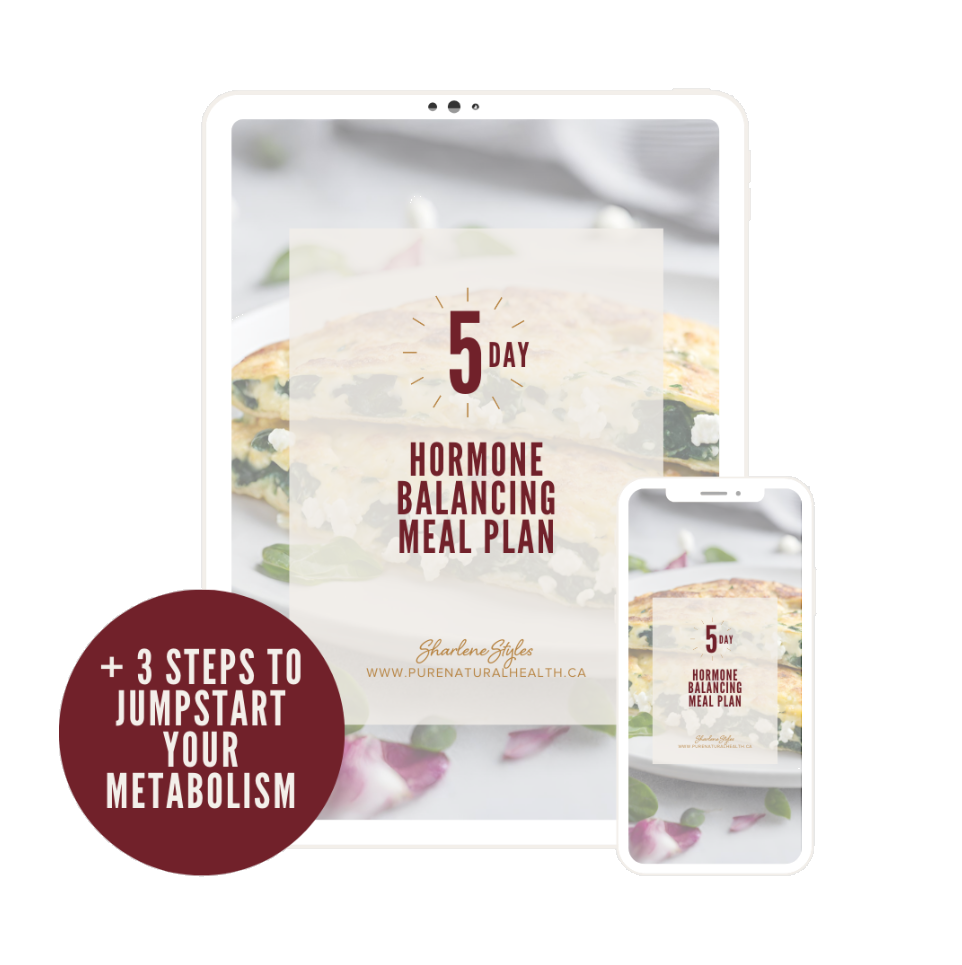Do you have a favourite dish you turn to when you’re feeling down, tired or stressed? One that feels like a big hug? Is there a food you turn to every time you want to celebrate? What do you tend to eat when you need to escape reality?
These are your comfort foods.
What makes comfort food so comforting?
It’s not the ingredients, the smell, or even the taste. In short, comfort foods are not about the FOOD. They’re about responding to an emotional need in an attempt to satisfy an emotional hunger.
If that sounds like too much of a stretch, stick with me.
You may already know your love for grandma’s apple pie is about more than the flaky crust. And that doesn’t make it any less delicious. You remember her when you eat it, feeling the love and warmth that surrounded her kitchen. Or the safety you felt in her presence. These are wonderful feelings; don’t get me wrong! Comfort food in and of itself isn’t necessarily a problem. But while grandma’s apple pie may trigger your emotional memory, it can’t feed your emotional hunger. (Regardless of what she told you). When we unwittingly seek to fulfill our emotional needs with food, we wind up overeating (too much and too often). And THAT is the BIG problem.
Food and security
Imagine for a moment that you are a hunter-gatherer who searches for food every day to sustain yourself. When the food supply is low or depleted, your very survival is threatened. No food means danger and the possibility of impending death.
Conversely, a full belly means safety and comfort. From a survival perspective, the body responds with the typical parasympathetic response of “rest and digest.” The body can slow down, relax and breathe a sigh of relief.
This is the very foundation of comfort food. From the beginning, all human beings have recognized hunger as a threat, and fullness as safety and security.
Today, we face a new hunger threat: emotional starvation . Overloaded to-do lists, uncertainty of the future, demanding relationships, responsibilities, constant stimulus and extended workdays leave us feeling empty. So we respond to this threat by eating. Filling up on foods that make us feel comfortable and safe – foods like grandma’s apple pie.
Carbs, the ultimate comfort food
You may notice that many of the foods you reach for in times of distress and celebration alike, are carbohydrates and sugar. There is a reason for this that has nothing to do with taste. These foods raise blood sugar very quickly!
They’re like lifesavers in an emotional sea of danger. The brain (and eventually the body) says: “Quick, I need help! I can’t deal with these feelings or I’ll drown.” So it’s carbs and sugar to the rescue. They quickly raise your blood sugar so you feel happy and safe, suppressing whatever emotion may have been bubbling to the surface.
What lies beneath
The reality of craving comfort food is that we are attempting to run from our emotions rather than accept and deal with them. Usually, unresolved negative emotions like anger, guilt, shame, sadness, loneliness, frustration, fear, discouragement, abandonment, and humiliation prompt emotional eating.
The problem is not in having these feelings. The problem is attempting cope with them by eating.
How do you correct emotional eating?
It will serve you well to start re-programming your subconscious at the first sign of emotional eating, and create new, positive habits to address negative emotions. Here are some guidelines to help you deal with your emotions instead of stuffing them (and yourself).
- Create awareness in eating. Absolutely everything starts with awareness. You can’t fix a problem if you don’t know you have one. As you reach for your food, ask yourself: Am I eating to fuel myself? Or to suppress an emotion? Do I feel lonely, sad, frustrated, nervous or guilty right now?
- Label your feelings and acknowledge that it’s okay to feel the way you do.
- Throw the lifesaver back and start kicking. Delay eating for 3o minutes while you allow yourself to experience the emotions you were so quick to try and quash with food.
- Attempt to address your emotions in a positive and supportive way. Here are some strategies that may help:
- Reach for a pen and journal. Write down what’s going on. Get it out of your head, on to paper.
- Reach for a pair of walking shoes and take a stroll outside to independently address your issue while in nature.
- Reach for the phone and call a friend. A good share can help lighten the load.
- Roll out your yoga mat and do some light yoga to clear any negativity and tune into yourself and how you’re feeling.
- Sit on your meditation cushion or in a quiet place. Quiet your mind, look inside yourself and tune into YOU.
- Practice some deep breathing exercises. Slow your breath and practice yogic or abdominal breathing for 5 – 10 minutes.
- Hit the gym or the weights or the punching bag.
- Dance – shake that booty and all of those emotions around so you can deal with them.
It’s very cleansing to release pent up emotions.
Fuel yourself with premium fuel
- Ensure you drink enough clean, filtered water. Drink 1/2 of your body weight (in pounds), in ounces of water per day – on average 2 litres of water. Drinking water will keep everything flowing including your emotions. (Emotion = energy in motion).
- Eat chemical-free organic foods as much as possible.
- Get between 7.5-9 hours of quality sleep per night in a cool dark room, free from electronics.
Take a balanced approach to your diet
- Eat balanced meals throughout the day. Eat protein, healthy fats and complex carbohydrates at EVERY meal – this helps regulate your blood sugar and therefore your energy and moods.
- Eat within 45 minutes of waking.
- Ensure you are eating an adequate amount of fiber (vegetables, fruits, nuts, seeds, legumes) throughout the day.
A balanced diet will help regulate blood sugar and balance hormones to avoid mood swings, energy spikes and crashes.
If you’ve tried to implement these or other techniques to curb emotional eating, but found it difficult to stay the course, you may benefit from my Complete Cleanse Program or a Metabolic Balance plan. I offer in-person and distance coaching by phone or Zoom. Book a free 30 minute discovery call to discuss options that can work for you.





